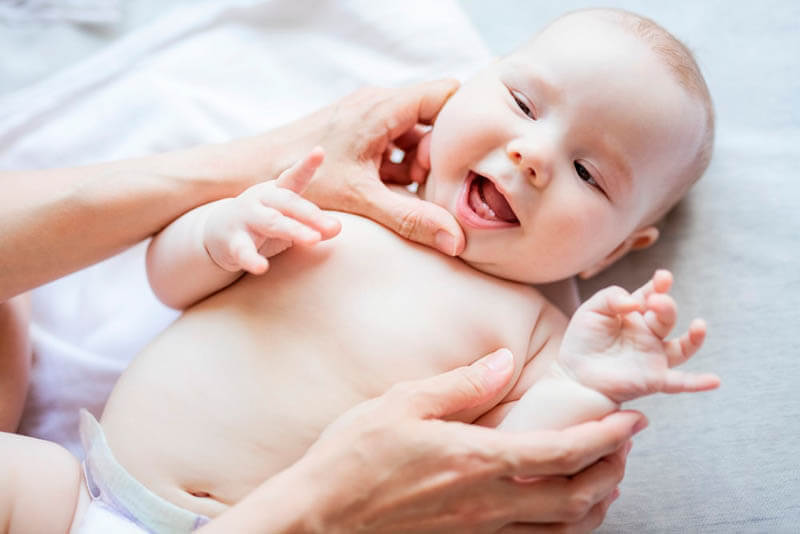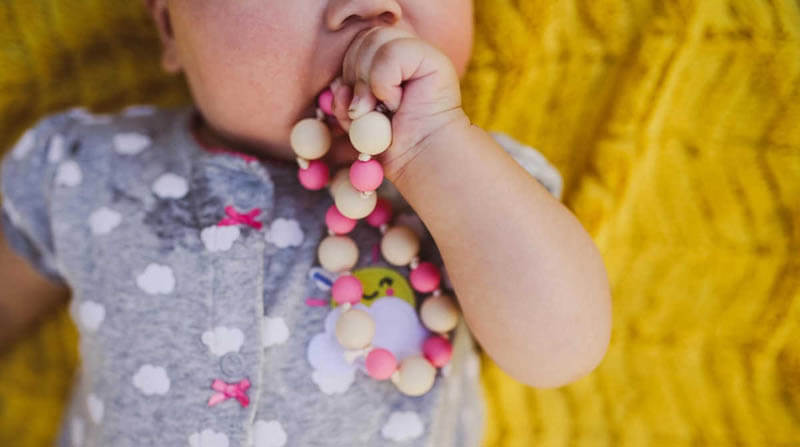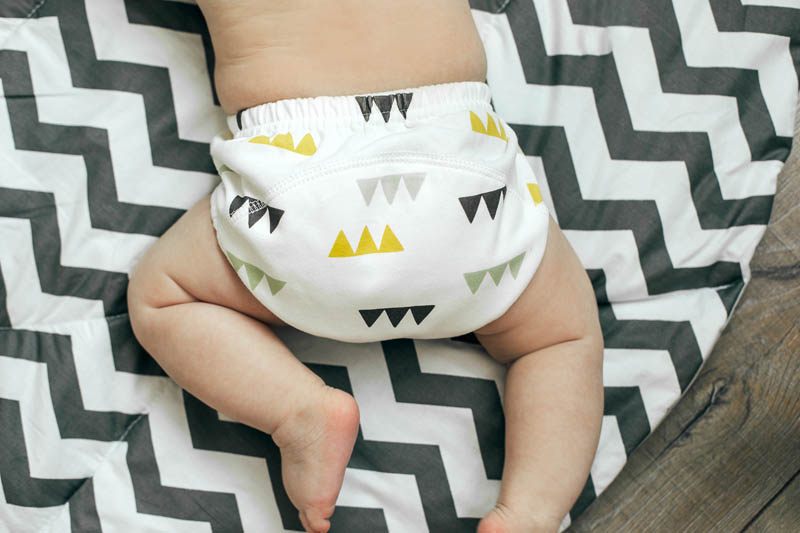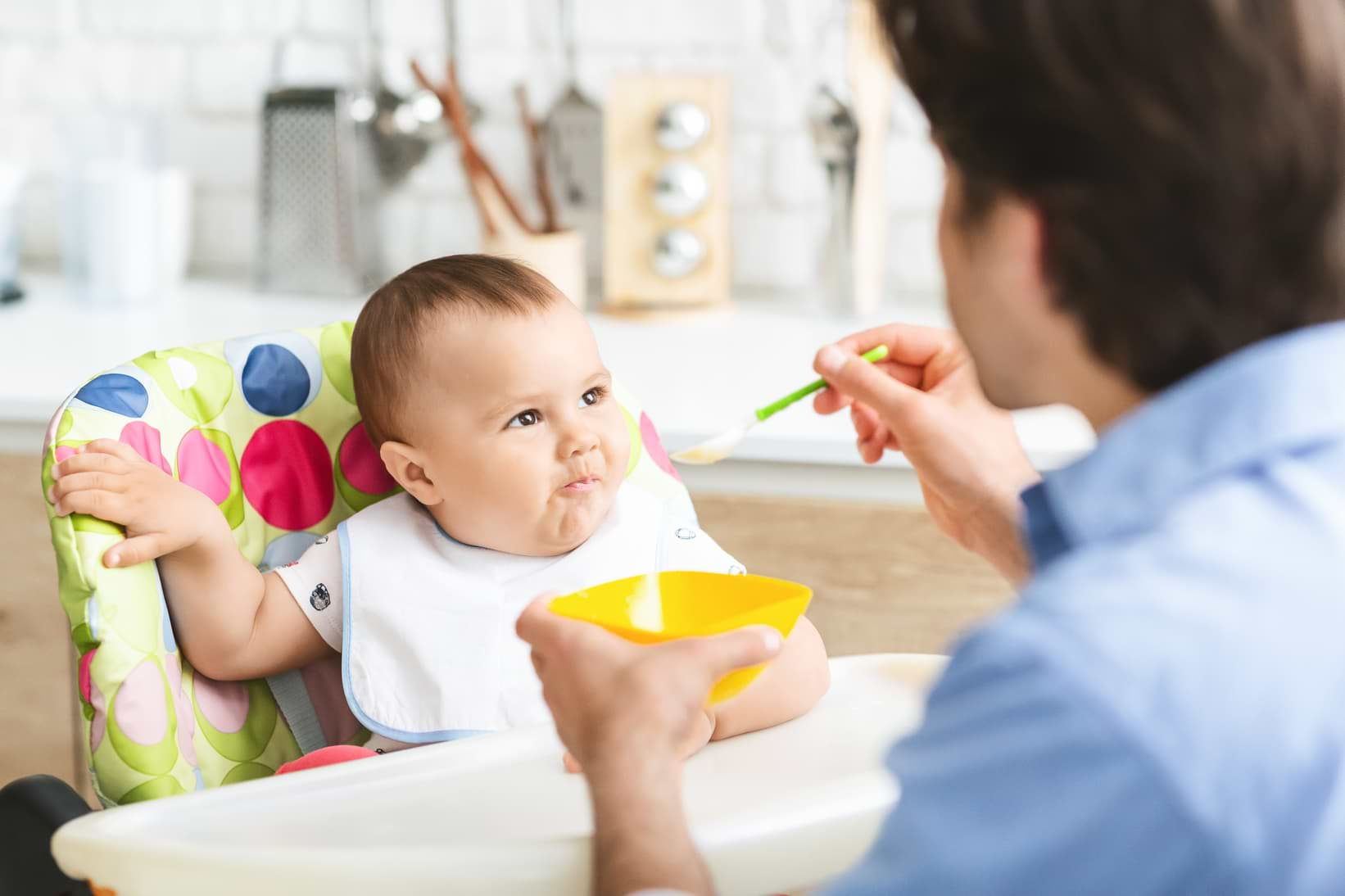Fact #1. Usually, children start teething at the age of 6-12 months.
You can never guess when baby first tooth pops up. Some kids even do not have any at the age of 1. When babies begin to put their fingers in their mouths, some people think this means that their child has just started teething. However, it’s not so easy. Babies just start tasting everything around them that, of course, is non-edible. So they start drooling more and instinctively put their fingers in their mouths. So what about the first teeth? As a rule, they pop up when the baby is 6 months old. Most often, the first teeth appear in a lower row in front. Normally 3-year-olds already have all their deciduous teeth, however, baby teeth coming in late are absolutely okay.

Fact #2. Adding fluoride to your baby’s diet at the age of 6 months will contribute to good healthy teeth.
What is fluoride useful for in the first place? This mineral assists to ward off tooth decay by solidifying the enamel. Often fluoride is contained in water that runs from the tap. So you can try giving your baby some tap water at the age of 6 months. Don’t forget to check (look for proper information or ask competent people) whether your water contains fluoride.
Fact #3. To relieve your kid’s sore gums and toothache, you should try massaging painful parts or give your baby something cold to eat or suck.
Acetaminophen can also help. The symptoms of teething can strongly differ: some children yell, cry, and acting up, while some experience a slightly unpleasant feeling. Usually, teething comes with the following symptoms: the amount of saliva is increasing, gums can swell up. The body temperature can rise a bit. However, there are some studies that show that fever is not caused by teething, and in this case, you need to consult a pediatrician.
To ease the pain your child experiences, you can massage their gums or put something cold to the cheek. You can also try teethers: a teething ring, amber teething necklace, or teething toys, such as the famous and loved by babies and parents Sophie the Giraffe.
You might also want to try a teething biscuit but we consider it to be not a very good idea because these mostly have a lot of sugar and salt as ingredients. Besides, babies cannot control chewing so they can just bite a piece and end up choking.
Nonetheless, some kids haven’t any inconveniences while teething – no teething rash, no teething syndrome, nothing at all!
Fact #4. Teething pills, homeopathic medicines, amber necklaces, and baby teething gel containing benzocaine can harm your child.
Avoid such medications. Benzocaine and belladonna promise to dull your baby’s pain, however, there are some serious warnings against them because of dangerous adverse reactions.
Furthermore, amber necklaces have a bad reputation in the first place. They should be worn on the baby’s neck and may cause choking. Also, no reliable proof of their efficiency was found.

Fact #5. Baby’s teeth need to be brushed using toothpaste with fluoride twice a day.
Right after babies have had their first tooth, parents need to brush it every morning and afternoon with a little bit of toothpaste (its amount should be equal to a rice grain). Please, pay attention that evening teeth-brushing should be performed after the last meal. A common mistake is to brush your baby’s teeth and then give them a bottle of something (milk or baby formula, for instance) for better sleep. One should not do that, otherwise, teeth can start to decay very soon.
By the age of 3, the amount of toothpaste is recommended to be equal in size to a pea.
Don’t be afraid that your child can eat some toothpaste instead of spitting it. It won’t do any harm. You can teach your kid to spit toothpaste starting with the age of two. You’ll need to control this process till your kid will be 6-8 years old.
Fact #6. Talk to a baby doctor about fluoride varnish.
The doctor will definitely check your kid’s gums and teeth to see whether they are okay or not. Experts advise giving kids fluoride varnish right after their first teeth have shown. If you don’t visit a dental hygienist, a baby doctor can apply it, too. Try to do it as early as possible in order to ward off tooth decay.
Fact #7. Baby’s first dentist visit should happen right after the first tooth comes up.
Take care of making an appointment with a dental hygienist for your kid right after they started teething (before they turn 1 year old).
This is essential to check if teeth are forming properly and whether there are any issues. The doctor will also provide recommendations as to how to take good care of baby teeth.
All the recommendations and tips listed here are based on the information provided by a range of highly respected institutions, among which are FDA (Food and Drug Administration), CDC (Centers for Disease Control and Prevention), and AAP (the American Academy of Pediatrics).





